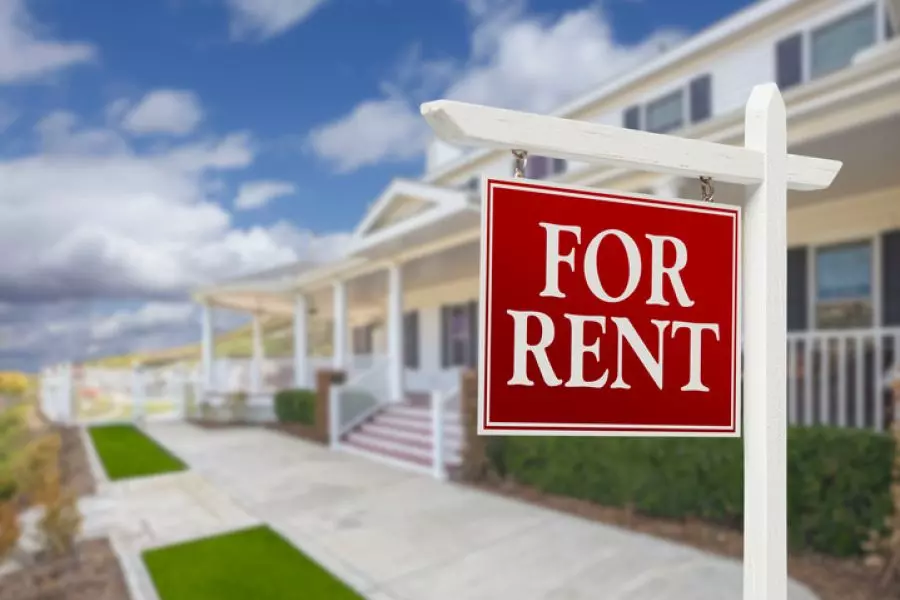News
No rent growth for first time in three years

Tuesday 25th of August 2020
That’s according to Trade Me Property. It has just released its latest Rental Price Index which shows the national median weekly rent remained flat year-on-year for the first time since 2017 in July.
The national median weekly rent came in at $500 in July and that means there has been no change when compared with the same month last year.
New Zealand rent prices have grown...
Want to read the full article?
Click the button below to subscribe and will have unlimited access to full article and all other articles on the site.






![[The Wrap] Bye Bye Bayly](https://goodreturns.publit.io/file/c_fill,w_900,h_600/39f23ac1-f7c7-4854-b700-a150004ebbac.webp)


